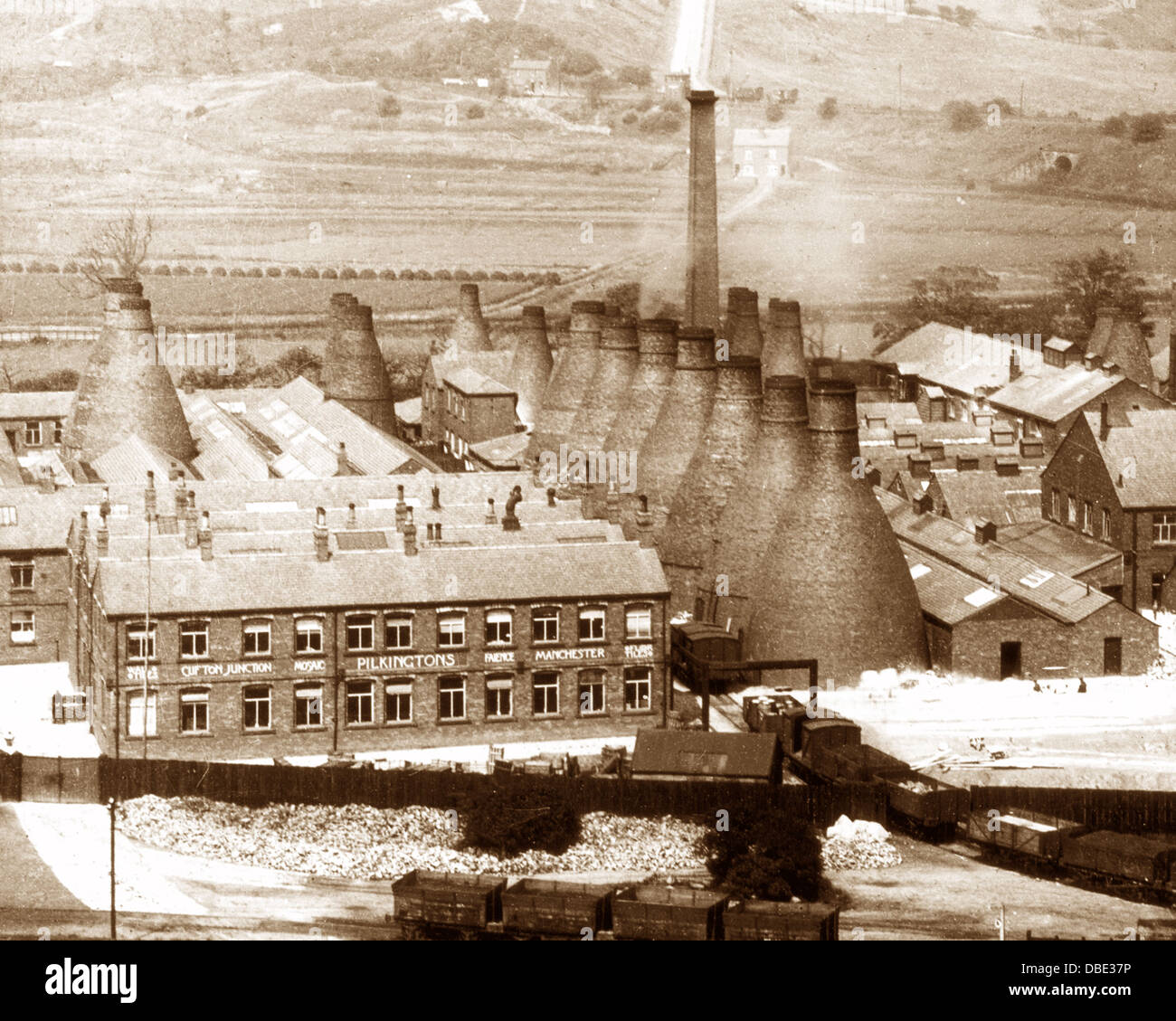The Birth of the Factory System
The Factory Industrial Revolution, also known as the Second Industrial Revolution, unfolded between the late 18th and early 19th centuries. It followed the First Industrial Revolution that introduced mechanization and the use of water and steam power. The Second Industrial Revolution was characterized by rapid technological advancements, urbanization, and the widespread adoption of the factory system.
The factory system marked a departure from traditional cottage industries and small-scale workshops. It centralized production in large, purpose-built factories where machines were powered by steam engines, later by electricity, to carry out various manufacturing processes. This shift brought together labor, machinery, and resources under one roof, leading to increased efficiency, specialization, and higher output.
Key Innovations and Advancements
Several key innovations and advancements were instrumental in driving the Factory Industrial Revolution forward:
- Steam Power: The invention of the steam engine by James Watt in the late 18th century revolutionized industrial processes by providing a reliable and versatile source of power. Steam engines enabled factories to operate machinery on a much larger scale.
- Machinery and Automation: Innovations like the spinning jenny, power loom, and mechanical cotton gin mechanized processes that were previously done manually. This resulted in significant improvements in productivity and reduced the reliance on human labor.
- Mass Production: The assembly line, pioneered by Henry Ford in the early 20th century, laid the groundwork for mass production. However, the Factory Industrial Revolution set the stage by introducing the concept of standardized parts and interchangeable components, streamlining production and reducing costs.
- Urbanization: As factories sprung up in urban areas to take advantage of transportation networks and labor availability, there was a significant migration from rural to urban settings. This urbanization transformed the demographic and social fabric of societies.
Impacts and Legacy
- Economic Transformation: The Factory Industrial Revolution was a driving force behind economic growth. It fueled the expansion of industries, increased production, and led to the rise of capitalism as factory owners sought profits and invested in innovation.
- Social Changes: Urbanization brought about significant social changes. Workers left rural areas in search of employment opportunities in factories. This shift led to the rise of the working class, as well as the emergence of labor movements advocating for workers’ rights.
- Technological Advancements: The innovations of the Factory Industrial Revolution laid the foundation for subsequent technological advancements, including those in transportation, communication, and infrastructure.
- Environmental Impact: While the Factory Industrial Revolution brought about unprecedented progress, it also had environmental consequences. The increased use of coal for energy and the rapid industrialization led to air and water pollution, contributing to early environmental concerns.
- Global Reach: The Factory Industrial Revolution wasn’t confined to one region. It spread across Europe, North America, and eventually to other parts of the world, influencing global economic and industrial dynamics.
